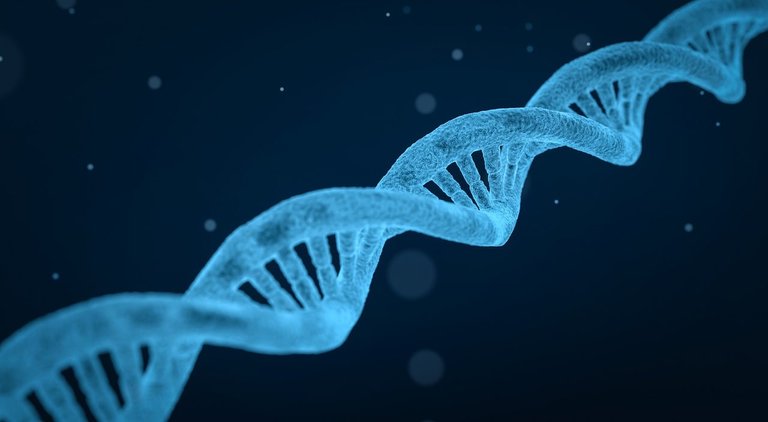
Cons of Genetic Engineering:
Ethical Concerns: There are ethical considerations surrounding the manipulation of the genetic code, especially in the context of human genetic engineering. Questions about "designer babies" and the potential for creating genetic hierarchies raise significant moral dilemmas.
Unintended Consequences: Genetic modifications may have unforeseen consequences on ecosystems and biodiversity. The introduction of genetically modified organisms (GMOs) into the environment could lead to unintended ecological disruptions.
Social Inequality: The accessibility of genetic engineering technologies may lead to social inequality. If only certain groups or individuals have access to genetic enhancements, it could exacerbate existing disparities and create a divide between genetically modified and non-modified populations.
Unknown Long-Term Effects: The long-term effects of genetic modifications, especially in humans, are not fully understood. There is a concern that unintended side effects or genetic mutations could manifest over time, posing risks to individuals and future generations.
Loss of Genetic Diversity: The widespread adoption of genetically modified crops could lead to a reduction in genetic diversity within plant populations. This loss of diversity may make crops more vulnerable to diseases and environmental changes.

Pros of Genetic Engineering:
Medical Advancements: Genetic engineering has the potential to revolutionize medicine by enabling the development of personalized treatments. This can lead to more effective and targeted therapies for various genetic disorders and diseases.
Increased Crop Yield: Genetically modified crops can be designed to resist pests, diseases, and harsh environmental conditions, resulting in higher agricultural productivity. This has the potential to address global food shortages and improve food security.
Disease Prevention: Genetic engineering allows for the identification and correction of genetic mutations associated with inherited diseases. This can lead to the prevention of genetic disorders in future generations.
Bioremediation: Engineered microorganisms can be employed to clean up environmental pollutants. This application of genetic engineering has the potential to address issues such as oil spills and industrial waste.
Improved Livestock: Genetic modification can be used to enhance the characteristics of livestock, such as disease resistance and meat quality. This can lead to more sustainable and efficient animal farming practices.
While genetic engineering holds promise for addressing various challenges, careful consideration of ethical, environmental, and social implications is crucial to ensure responsible and sustainable implementation.

Sources and further reading: